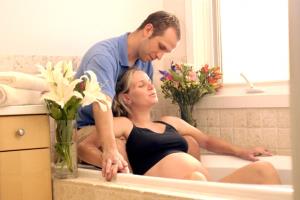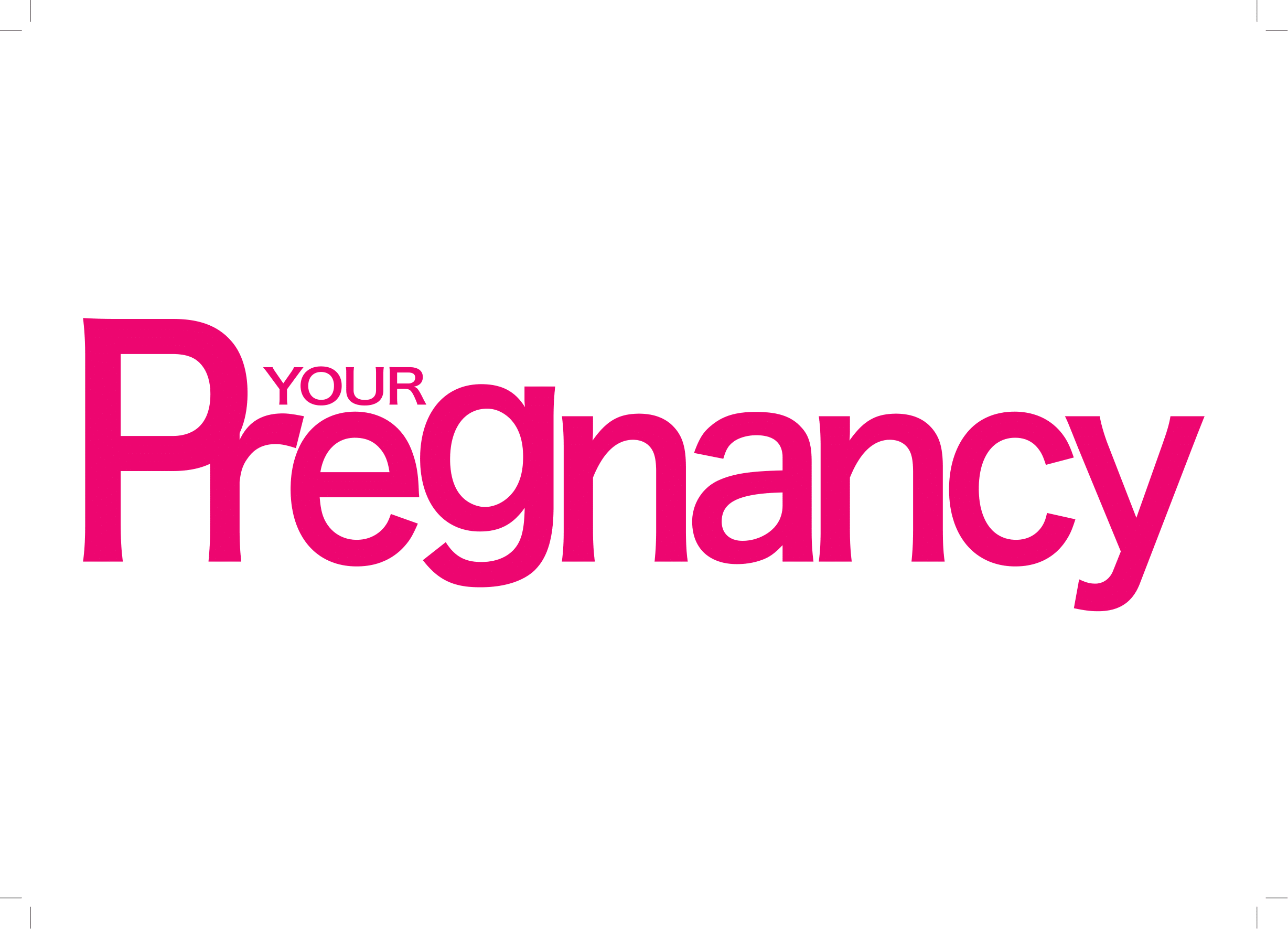
Water birth is more a philosophy of non-intervention than a method of giving birth. Water is a relaxing medium. When a woman in labour relaxes in a warm bath, buoyant and free from gravity’s pull, with sensory stimulation reduced, her body is less likely to secrete stress hormones.
Women, in common with most female mammals, respond best to privacy as they relax and surrender to their labour. A water pool helps to create a secure environment and this in turn promotes the secretion of pain-inhibiting endorphins and the smooth progression of labour.
Water birth is gentler on the body and the baby
Water birth reduces stress and fear
Women achieve a level of comfort in the water, which reduces their fear and stress. A woman’s perception of pain is greatly influenced by her level of anxiety. Noradrenalin and catecholamine, the hormones that are released during stress, actually raise blood pressure and can inhibit or slow labour.
Reduces injury
The water softens the perineum reducing injury. Skeletal pressure is reduced conserving the mother’s energy. When labour becomes physically easier women are more able to slip into the altered state that diminishes fear and resistance.
Gentler on the baby
Water birth is also thought to be gentler for the baby. Babies are aquatic creatures throughout pregnancy. At birth, a newborn is bombarded with new sensations. When birth takes place in water this transition is less dramatic. The water offers familiar comfort after the stress of the birth.
Risks of water birth
Overheating
Water that is too warm can cause perspiration, dizziness, dehydration and discomfort. The water should not be above 38°C, as this results in increased maternal and foetal temperature.
Baby’s attempts to breathe
The physiological mechanism for baby to begin to breathe air is not stimulated until the baby’s skin is exposed to changes in temperature and air pressure. Only after the baby is removed from the water does she have the urge to take a breath. Until then, the baby receives oxygen from the mother via the placenta and umbilical cord. Birth under water is safe, provided that the baby is brought to the surface almost immediately.
Infection
Water birth does not increase the infection risk to mother or baby, provided that precautions are taken to clean the birthing pool before use.
Haemorrhage
The incidence of post-partum haemorrhage is not increased after birth in water, however if bleeding is excessive, the mother must leave the water immediately for treatment. The pool should be near the labour ward to ensure that the transfer time is short.




 Publications
Publications
 Partners
Partners














